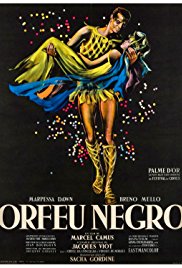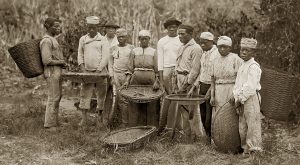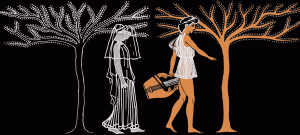Blacks and Whites in Sao Paulo, Brazil, was written by Gorge Reid Andrews in 1991. This book provides a history of Brazilian racial inequality from the abolition of slavery in 1888 up to the late 1980s, showing how economic, social and political changes in Brazil during the last 100 years have shaped race relations. Andrews uses secondary source to gather information from various sources such as government policies, newspaper, employment data and much more.
The focus of this blog will be chapter six and seven. In these two particular chapters, Andrews traces the discrimination against Afro-Brazilians and the inequality leading to the black movement. He focuses on the racial competition between the Afro-Brazilians and white Brazilians. For instance, the advancement of Afro-Brazilians was always seen as a threat because the whites “insist that harmony is best preserved by black people remaining in “their place” and not creating “disagreeable situations” of competition and challenge.” This finally lead to the black movement because black mobilization finally reminded Brazilians that their country is not the racial democracy that it claims to be and if there were no problems then it would not lead to that movement.
This contributes to our unit’s theme because these chapters show us that even after slavery was abolished the racial inequality in Brazil was still highly present. It was either in forms of employment, clubs or education for Afro-Brazilian. Their appearance was also taken as a factor for the discrimination they faced. It has to be taken into factor that even though Andrews tells us about the racial inequality upon Afro-Brazilians, he does not however, touch upon the subject of the racial inequality against the immigrants by Afro-Brazilians. Nonetheless, Andrews does an excellent job at showing us the racial inequality present in Sao Paulo, Brazil and the effects of Afro-Brazilians taking a stance for themselves.




